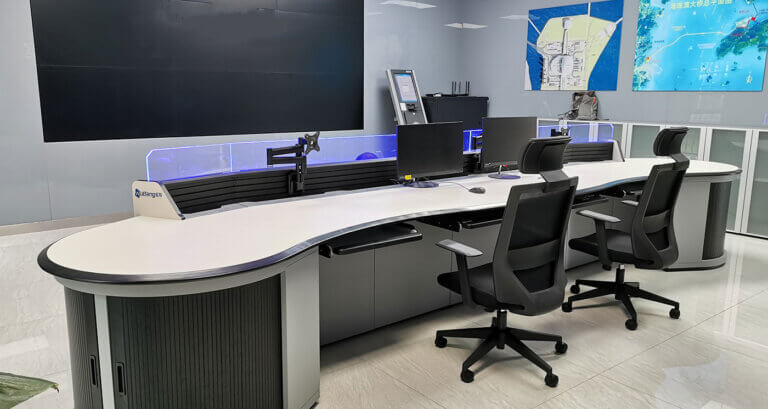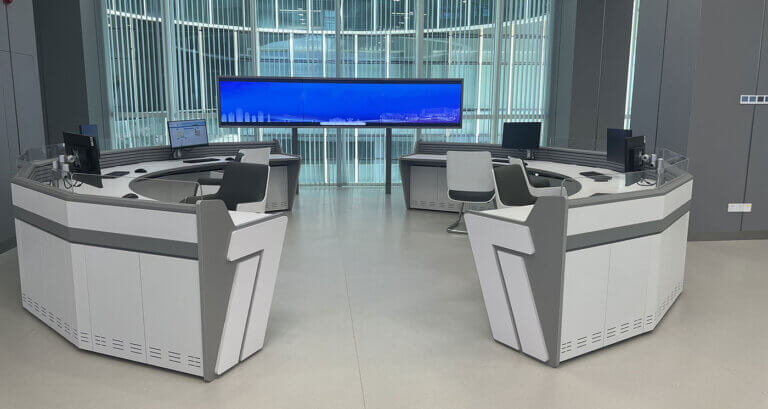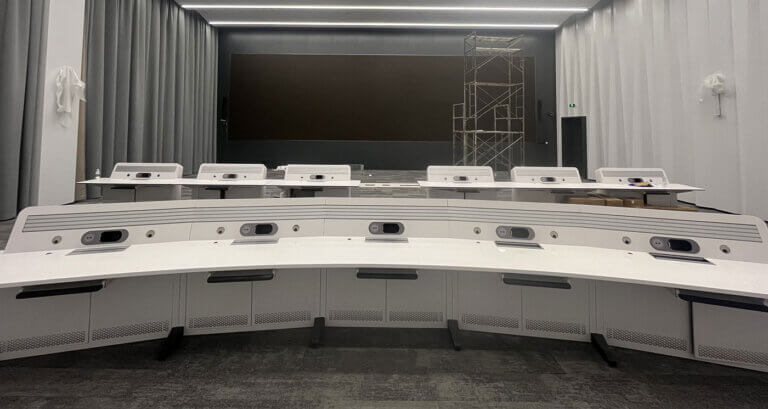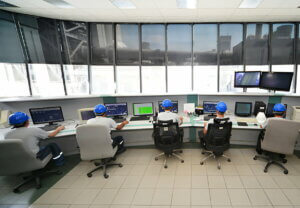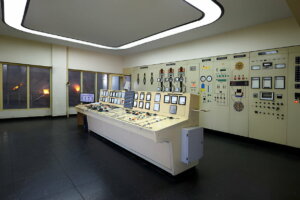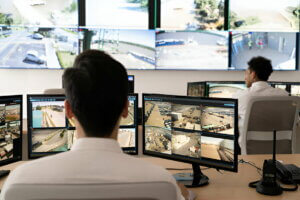Ultimate Console Wiring Schemes: We use a scientific and safe cable intelligent management system to conduct scientific research and secure cable management methods inside the console, strengthen the separation of solid and weak currents in the integrated wiring, and improve firm separation. The out-of-the-line management components ensure a separation distance of 15 cm between solid and soft winds and ensure that strong and weak signals cannot interfere with each other. The following control room console wiring schemes are for your reference.

Why need to design the console wiring scheme?
The console assists the monitoring center in placing various experimental instruments and management routes and is used in multiple command and monitoring centers. Console wiring must be rationalized to a certain extent. Otherwise, it will affect the regular operation of the equipment, so what is the significance of console wiring?
The adequate wiring of the console can not only manage the complex cables but also save the space of the equipment, improve the operation efficiency of the entire kit, provide assistance for the failure problems of the equipment, and quickly find the console through practical wiring Troubleshooting common faults, improving the efficiency of dealing with common faults of the console.
The wiring of the console is like a roadbed. The wiring work in the early stage of construction is vital. Only when the wiring work is done well can the “basic” be done for the regular operation of the Internet. Therefore, an effective plan must be made in the wiring design. Only a solid foundation in the monitor can make the network more reliable, facilitating future maintenance.
Console installation environment wiring
Network wiring is widely used in today’s building intelligence. Compared with traditional wiring, network-integrated wiring has many advantages, which cannot be compared with conventional wiring. Its characteristics are embodied in its compatibility mode, openness, coordination ability, credibility, innovation, and rationality. And it also brings us a lot of convenience regarding design, construction, and maintenance.
One is centralized wiring, and the other is a secondary cable management method; the key is the network switch. The central wiring of the controller is based on the IDG mainframe room standard, directly connects to the server through the first-level switch, and now reaches the client-server through the cable. Two switches are used to save the pressure of the leading cable laying.
From the main switch to each end of the cabinet, the double-layer button is in the middle of the first console, and an optical fiber is connected between the main switch and the two switches. Cable. The power switch of the head cabinet is connected to each server through a network cable. Its advantage is that it saves the total wires from the main network switch to the customer network server.
Control Room Console wiring scheme
The console wiring design scheme must be wired according to a specific “structure” to reduce the probability of network problems in future work.
Corresponding wiring channels should be reserved for the console, starting from the entry of the power cables, network cables, and audio and video cables into the cabinet of the console to the vertical and horizontal auxiliary installation of these cables in the cupboard, there must be corresponding Auxiliary cable channels and cable fixing parts ensure that the wires reach various sockets and information terminal positions in the console and ensure their safety.
Each network cable in the console should be labeled to prevent unnecessary inconvenience in future maintenance. The power plug and network cable are routed from different directions, and each line segment is tied with a cable tie. When wiring the network console, ensure the power cord plug and the server connector have identification tapes on both sides. If the console is a switch with internal and external networks, you should use two different colored cables for identification.

